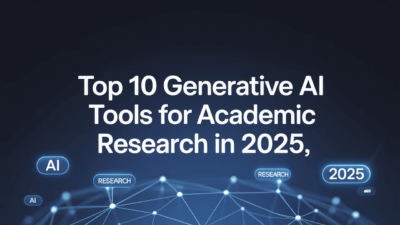In today’s digital age, generative artificial intelligence (AI) has emerged as a powerful tool that enables the creation of diverse and novel outputs ranging from text to images. This technology is revolutionizing how we interact with machines and how they assist us in generating creative content. Understanding the intricacies of transforming textual prompts into visual masterpieces can empower users to harness the full potential of generative AI.
The Power of Prompt Engineering
At the heart of generative AI lies prompt engineering, a technique that involves crafting precise inputs to guide an AI system in producing the desired output . Whether it’s writing a compelling narrative or creating a vivid image, the quality of the prompt plays a pivotal role. A well-constructed prompt should not only be clear but also rich in context and specific instructions, ensuring that the AI understands the nuances of what is being asked of it .
Crafting Effective Prompts for Text-to-Image Generation
Creating effective prompts for text-to-image generation requires a blend of creativity and technical understanding. Users must consider elements such as style, subject matter, and mood when formulating their requests. For instance, specifying details like "a futuristic cityscape at sunset" provides more direction than a vague request for "a city picture." This specificity helps the AI generate images that closely align with the user’s vision .
Exploring Generative AI Models
Generative AI encompasses various models designed to handle different types of data. Text-to-text generators are adept at producing written content, while text-to-image models specialize in converting descriptive text into visual art. Additionally, there are image-to-image and image-to-text models, each serving unique purposes within the realm of content creation . Understanding these distinctions allows users to select the appropriate model for their specific needs.
Practical Applications and Benefits
The applications of generative AI extend beyond mere novelty. In fields such as marketing, education, and entertainment, these tools offer unprecedented opportunities for innovation. Marketers can quickly generate engaging visuals tailored to campaign themes, educators can create illustrative materials to enhance learning experiences, and artists can explore new dimensions of creativity through AI collaboration .
Conclusion
As we continue to refine our interaction with generative AI systems, mastering the art of prompt engineering becomes increasingly important. By focusing on clarity and detail in our prompts, we unlock the ability to transform simple text descriptions into stunning visual representations. As this technology evolves, so too will our capacity to innovate and create in ways previously unimaginable. Embracing these advancements opens up a world of possibilities, making now the perfect time to delve deeper into the capabilities of generative AI.
